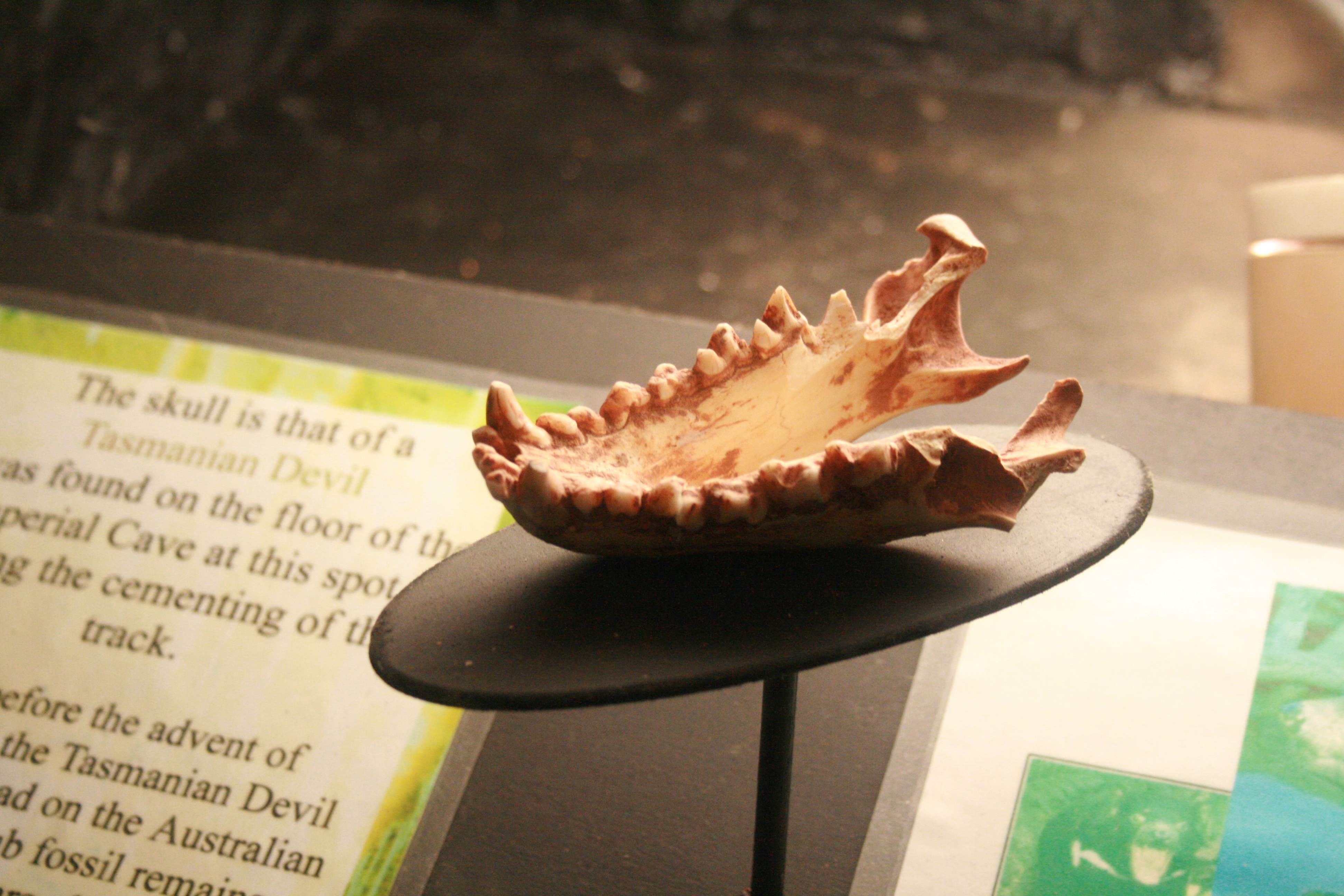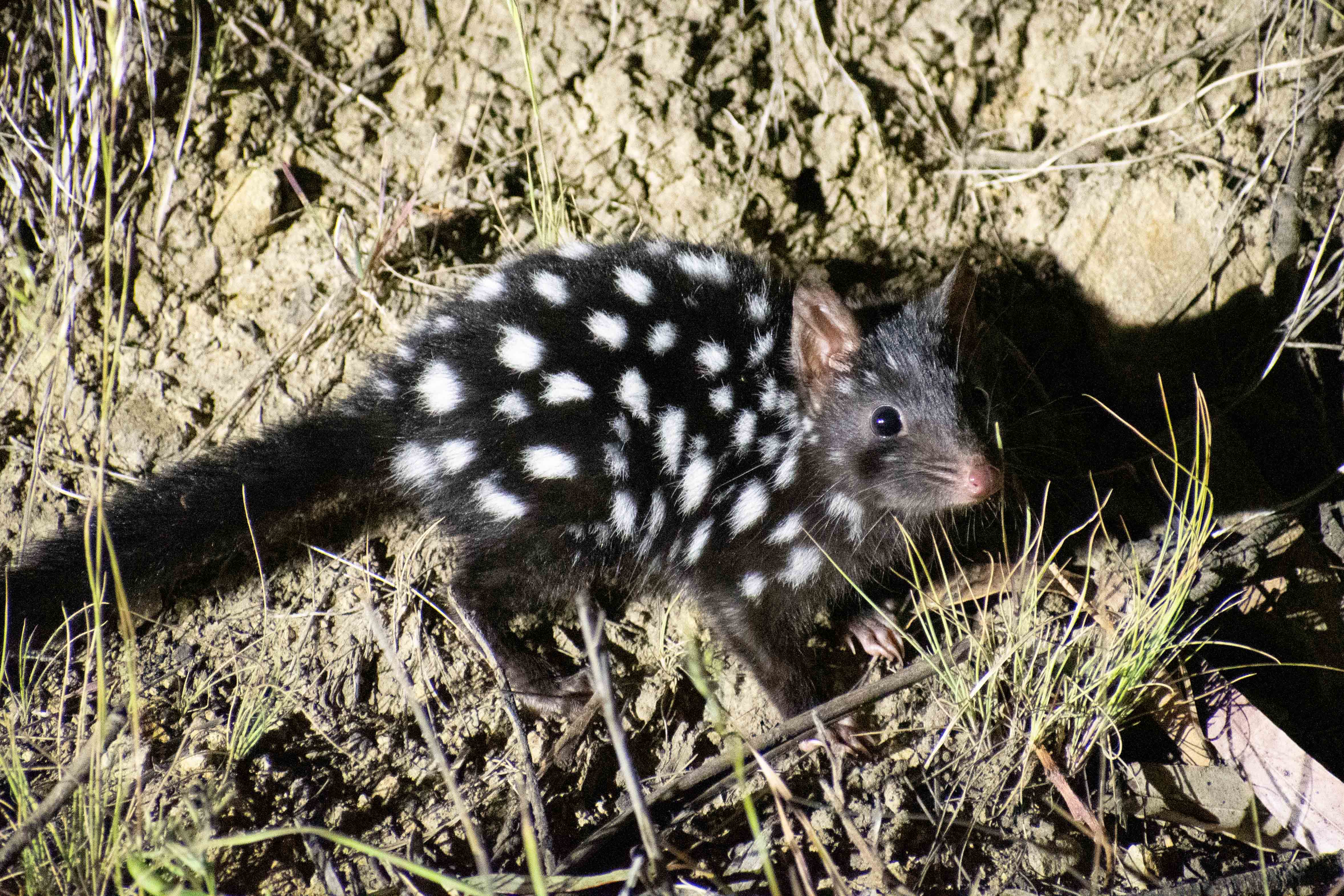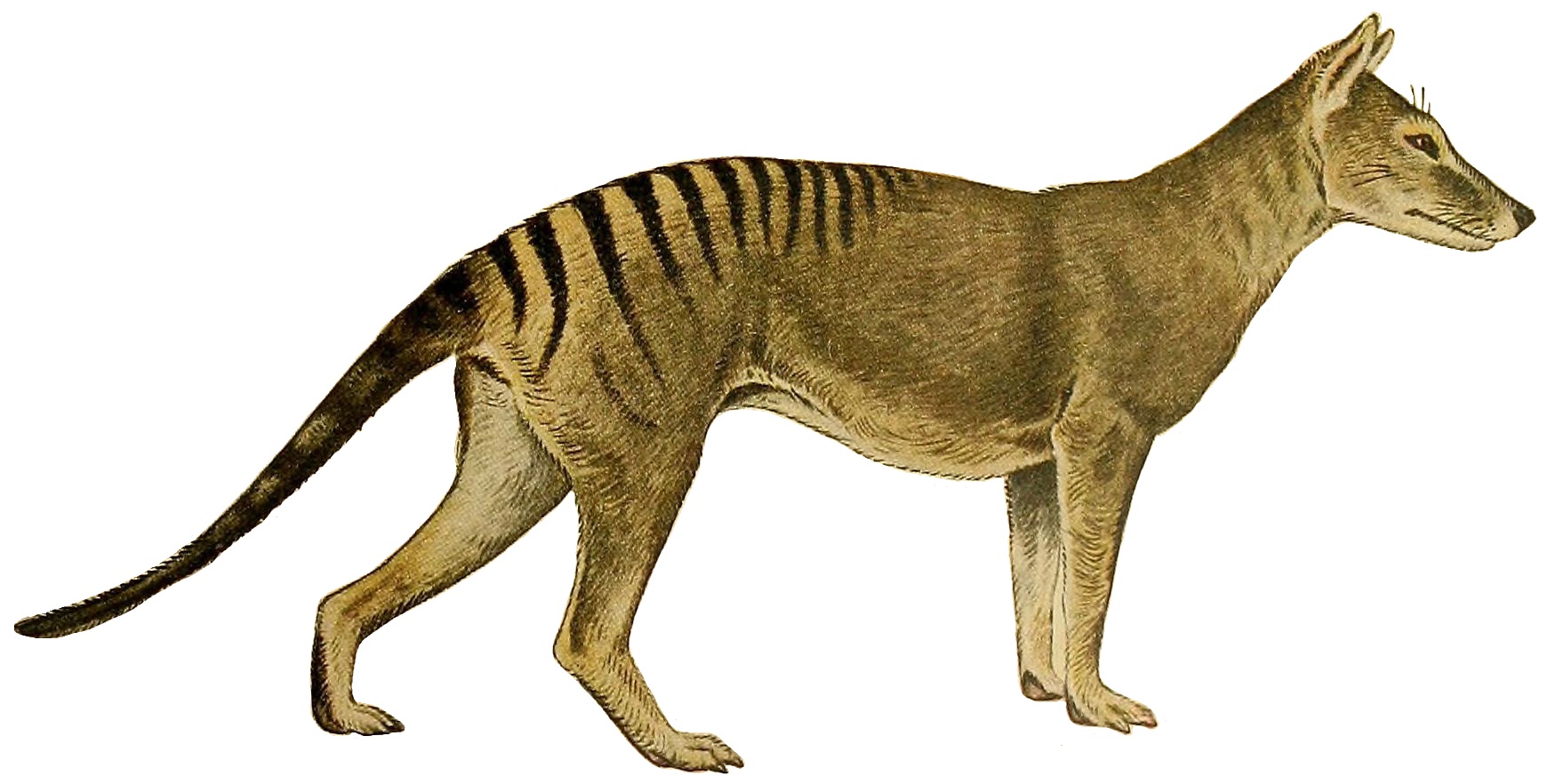|
List Of Mammals Of Tasmania
Tasmanian mammals are divided into three major groups based on reproductive techniques: egg laying mammals (the monotremes), pouched mammals (the marsupials), and placental mammals. This is a list of mammals of Tasmania: Order: Monotremata (monotremes) * Family: Ornithorhynchidae ** Genus: ''Ornithorhynchus'' *** Platypus, ''Ornithorhynchus anatinus'' * Family: Tachyglossidae ** Genus: ''Tachyglossus'' *** Short-beaked echidna, ''Tachyglossus aculeatus'' Infraclass: Marsupialia (marsupials) Order: Dasyuromorphia (marsupial carnivores) * Family: Thylacinidae ** Genus: ''Thylacinus'' *** Thylacine, ''T. cynocephalus'' endemic * Family: Dasyuridae ** Subfamily: Dasyurinae *** Tribe: Dasyurinae **** Genus: ''Dasyurus'' ***** Tiger quoll, ''D. maculatus'' ***** Eastern quoll, ''D. viverrinus'' endemic (introduced to Australian mainland) **** Genus: ''Sarcophilus'' ***** Tasmanian devil, ''S. harrisii'' endemic *** Tribe: Phascogalini **** Genus: '' Antechinus'' ***** Swamp ... [...More Info...] [...Related Items...] OR: [Wikipedia] [Google] [Baidu] |
Tasmanian Devil Head On
) , nickname = , image_map = Tasmania in Australia.svg , map_caption = Location of Tasmania in AustraliaCoordinates: , subdivision_type = Country , subdivision_name = Australia , established_title = Before federation , established_date = Colony of Tasmania , established_title2 = Federation , established_date2 = 1 January 1901 , named_for = Abel Tasman , demonym = , capital = Hobart , largest_city = capital , coordinates = , admin_center = 29 local government areas , admin_center_type = Administration , leader_title1 = Monarch , leader_name1 = Charles III , leader_title2 = Governor , leader_name ... [...More Info...] [...Related Items...] OR: [Wikipedia] [Google] [Baidu] |
Thylacinidae
Thylacinidae is an extinct family of carnivorous, superficially dog-like marsupials from the order Dasyuromorphia. The only species to survive into modern times was the thylacine (''Thylacinus cynocephalus''), which became extinct in 1936. The consensus on placement of the family is with the Dasyuromorphia order, with agreement on the divergence this family and the Dasyuridae, represented by the extant quolls and Tasmanian devil ''Sarcophilus harrisii'', remaining under consideration. The thylacinid family was represented by two species in a synonymy published in 1982, the recently extinct Tasmanian tiger and the species ''Thylacinus potens'', known by fossil material. Discoveries of new material, especially in well researched fossil depositions at the Riversleigh World Heritage Area, revealed a diverse array of genera and families existing during Miocene epoch. The dentition of specimens and some largely complete crania showed the development of specialist predators capable of ... [...More Info...] [...Related Items...] OR: [Wikipedia] [Google] [Baidu] |
Dusky Antechinus
The dusky antechinus (''Antechinus swainsonii''), also known as Swainson's antechinus or the dusky marsupial mouse, is a species of small marsupial carnivore, a member of the family Dasyuridae. It is found in Australia. Taxonomy The dusky antechinus was described by English naturalist George Robert Waterhouse in 1840, the second antechinus to be described. It was named in honour of the zoologist and artist William Swainson. There are three subspecies: *''A. s. swainsonii'', found in Tasmania; *''A. s. insulanus'', found in the Grampians National Park, Victoria; *''A. s. mimetes'', found from south-eastern Queensland through eastern New South Wales to south-western Victoria. Description The dusky antechinus is the largest antechinus and can be found in two forms: a dark form and a pale form. It can be distinguished from its relatives by its much darker fur, which is also apparent in the pale form. Unusually for an antechinus, it is an entirely diurnal animal, and is active a ... [...More Info...] [...Related Items...] OR: [Wikipedia] [Google] [Baidu] |
Swamp Antechinus
The swamp antechinus (''Antechinus minimus''), also known as the little Tasmanian marsupial mouse, is a species of shrew-like marsupial of the family Dasyuridae and as such is related to dunnarts, quolls and the Tasmanian devil. Taxonomy The swamp antechinus was first described in 1803 (the first of all the antechinuses) by Étienne Geoffroy Saint-Hilaire, who placed it in the genus ''Dasyurus'' (quolls), hence its species name ''minimus'', which means "smallest". There are two recognised subspecies of the Swamp Antechinus: *''A. m. minimus'', found in Tasmania and Bass Strait; *''A. m. maritimus'', found on the mainland; this subspecies is declining and is classed as near threatened. Habitat and distribution The area inhabited by the subspecies ''A. m. maritimus'' is in the south of the central highlands, Wimmera and Alpine areas of Victoria and the extreme south of South Australia around Mount Gambier. For the nominate subspecies ''A. m. minimus'', the range is Tasmania, in ... [...More Info...] [...Related Items...] OR: [Wikipedia] [Google] [Baidu] |
Antechinus
''Antechinus'' (// ('ant-echinus')) is a genus of small dasyurid marsupial endemic to Australia. They resemble mice with the bristly fur of shrews. Names They are also sometimes called 'broad-footed marsupial mice', 'pouched mice', or 'Antechinus shrews'. However, the majority of those common names are considered either regional or archaic; the modern common name for the animal is antechinus. Description ''Antechinus'' have short fur and are generally greyish or brownish in colour, varying with species. The fur is dense and generally soft. Their tails are thin and tapering and range from slightly shorter to slightly longer than body length. Their heads are conical in shape and ears are small to medium in size. Some species have a relatively long, narrow snout that gives them a shrew-like appearance. Species vary from in length and weigh when fully grown. '' A. agilis'' is the smallest known species, and '' A. swainsonii'' the largest. Sexual dimorphism occurs in most specie ... [...More Info...] [...Related Items...] OR: [Wikipedia] [Google] [Baidu] |
Phascogalini
The Phascogalini are a tribe in the family Dasyuridae, comprising seven genera of small marsupials native to Australia and New Guinea. Classification * Tribe Phascogalini ** Genus '' Antechinus'' *** Tropical antechinus, ''Antechinus adustus'' *** Agile antechinus, ''Antechinus agilis'' *** Fawn antechinus, ''Antechinus bellus'' *** Yellow-footed antechinus, ''Antechinus flaviceps'' *** Atherton antechinus, ''Antechinus godmani'' *** Cinnamon antechinus, ''Antechinus leo'' *** Swamp antechinus, ''Antechinus minimus'' *** Brown antechinus, ''Antechinus stuartii'' *** Subtropical antechinus, ''Antechinus subtropicus'' *** Dusky antechinus, ''Antechinus swainsonii'' ** Genus ''Murexia'' *** Short-furred dasyure, ''Murexia longicaudata'' *** Long-nosed dasyure, ''Murexia naso'' *** Black-tailed dasyure, ''Murexia melanurus'' *** Habbema dasyure, ''Murexia habbema'' *** Broad-striped dasyure, ''Murexia rothschildi'' *** Murexia xenochromus *** Murexia hageni ** Genus ''Phascogale ... [...More Info...] [...Related Items...] OR: [Wikipedia] [Google] [Baidu] |
Tasmanian Devil
The Tasmanian devil (''Sarcophilus harrisii'') (palawa kani: purinina) is a carnivorous marsupial of the family Dasyuridae. Until recently, it was only found on the island state of Tasmania, but it has been reintroduced to New South Wales in mainland Australia, with a small breeding population. The size of a small dog, the Tasmanian devil became the largest carnivorous marsupial in the world following the extinction of the thylacine in 1936. It is related to quolls, and distantly related to the thylacine. It is characterised by its stocky and muscular build, black fur, pungent odour, extremely loud and disturbing screech, keen sense of smell, and ferocity when feeding. The Tasmanian devil's large head and neck allow it to generate among the strongest bites per unit body mass of any extant predatory land mammal. It hunts prey and scavenges on carrion. Although devils are usually solitary, they sometimes eat and defecate together in a communal location. Unlike most other da ... [...More Info...] [...Related Items...] OR: [Wikipedia] [Google] [Baidu] |
Sarcophilus
''Sarcophilus'' is a genus of carnivorous marsupial best known for its only living member, the Tasmanian devil. Sarcophilus is Latin - meaning 'flesh-loving'. There are four species of ''Sarcophilus''. '' S. laniarius'' and '' S. moornaensis'' are only known from fossils from the Pleistocene. ''S. laniarius'' was larger than the contemporary, and only surviving, species '' S. harrisii'', weighing up to 10 kilograms more. The relationship between the four species is unclear; while some have proposed that ''S. harrisii'' may be a dwarf Dwarf or dwarves may refer to: Common uses *Dwarf (folklore), a being from Germanic mythology and folklore * Dwarf, a person or animal with dwarfism Arts, entertainment, and media Fictional entities * Dwarf (''Dungeons & Dragons''), a humanoid ... version of ''S. laniarius'', others argue that it is a completely different species and that the two may have coexisted during the Pleistocene. References * Long, J., Archer, M., Flannery, T. and ... [...More Info...] [...Related Items...] OR: [Wikipedia] [Google] [Baidu] |
Eastern Quoll
The eastern quoll (''Dasyurus viverrinus'', formerly known as the eastern native cat) is a medium-sized carnivorous marsupial (dasyurid), and one of six extant species of quolls. Endemic to Australia, they occur on the island state of Tasmania, but were considered extinct on the mainland after 1963. The species has been reintroduced to fox-proof fenced sanctuaries Victoria in 2003 and to the Australian Capital Territory in 2016. Taxonomy The eastern quoll is a member of the family Dasyuridae, which includes most carnivorous marsupials. Its species name, ''viverrinus'', indicates it is "ferret-like". There are no recognised subspecies. Description Eastern quolls are about the size of a small domestic cat, with adult males measuring in total length, including the tail, and having an average weight of . Females are significantly smaller, measuring , including a tail, and weighing around . They have a tapering snout, short legs, and erect ears. They can be distinguished fro ... [...More Info...] [...Related Items...] OR: [Wikipedia] [Google] [Baidu] |
Tiger Quoll
The tiger quoll (''Dasyurus maculatus''), also known as the spotted-tail quoll, the spotted quoll, the spotted-tail dasyure, native cat or the tiger cat, is a carnivorous marsupial of the quoll genus ''Dasyurus'' native to Australia. With males and females weighing around , respectively, it is the world's second-largest extant carnivorous marsupial, behind the Tasmanian devil. Two subspecies are recognised; the nominate is found in wet forests of southeastern Australia and Tasmania, and a northern subspecies, ''D. m. gracilis'', is found in a small area of northern Queensland and is endangered. Taxonomy The tiger quoll is a member of the family Dasyuridae, which includes most carnivorous marsupial mammals. This quoll was first described in 1792 by Robert Kerr, the Scottish writer and naturalist, who placed it in the genus ''Didelphis'', which includes several species of American opossum. The species name, ''maculatus'', indicates this species is spotted. Two subspecies are r ... [...More Info...] [...Related Items...] OR: [Wikipedia] [Google] [Baidu] |
Dasyurus
Quolls (; genus ''Dasyurus'') are carnivorous marsupials native to Australia and New Guinea. They are primarily nocturnal and spend most of the day in a den. Of the six species of quoll, four are found in Australia and two in New Guinea. Another two species are known from fossil remains in Pliocene and Pleistocene deposits in Queensland. Genetic evidence indicates that quolls evolved around 15 million years ago in the Miocene, and that the ancestors of the six species had all diverged by around four million years ago. The six species vary in weight and size, from to . They have brown or black fur and pink noses. They are largely solitary, but come together for a few social interactions such as mating which occurs during the winter season. A female gives birth to up to 18 pups, of which only six survive because she only has six teats with which to feed them. They have a life span from 2 to 4 years. Quolls eat smaller mammals, small birds, lizards, and insects. All species have ... [...More Info...] [...Related Items...] OR: [Wikipedia] [Google] [Baidu] |
Dasyurinae
The subfamily Dasyurinae includes several genera of small carnivorous marsupials native to Australia: quolls, kowari, mulgara, kaluta, dibblers, phascogales, pseudantechinuses, and the Tasmanian devil. The subfamily is defined largely on biochemical criteria. Order Dasyuromorphia * Family Thylacinidae *Family Dasyuridae: (carnivorous marsupials) ** Subfamily Dasyurinae: ***†''Wakamatha tasselii'' Archer & Rich, 1979; Mioc. Aust. ***†'' Dasylurinja kokuminola'' Archer, 1982; Miocene ***†''Ankotarinja tirarensis'' Archer, 1976; Late Oligcene to Early Miocene ***†'' Keeuna woodburnei'' Archer, 1976; Late Oligcene to Early Miocene *** Tribe Dasyurini **** Mulgaras = ''Dasycercus'' spp. **** Little red kaluta = ''Dasykaluta rosamondae'' **** Kowari = ''Dasyuroides byrnei'' *****†''Dasyuroides achilpatna'' Archer, 1982 **** Quolls = ''Dasyurus'' spp. **** Some dasyures = ''Myoictis'' and ''Neophascogale'' spp. **** Dibbler = ''Parantechinus apicalis'' **** Marsupial shrews ... [...More Info...] [...Related Items...] OR: [Wikipedia] [Google] [Baidu] |


_(17067818099).jpg)



